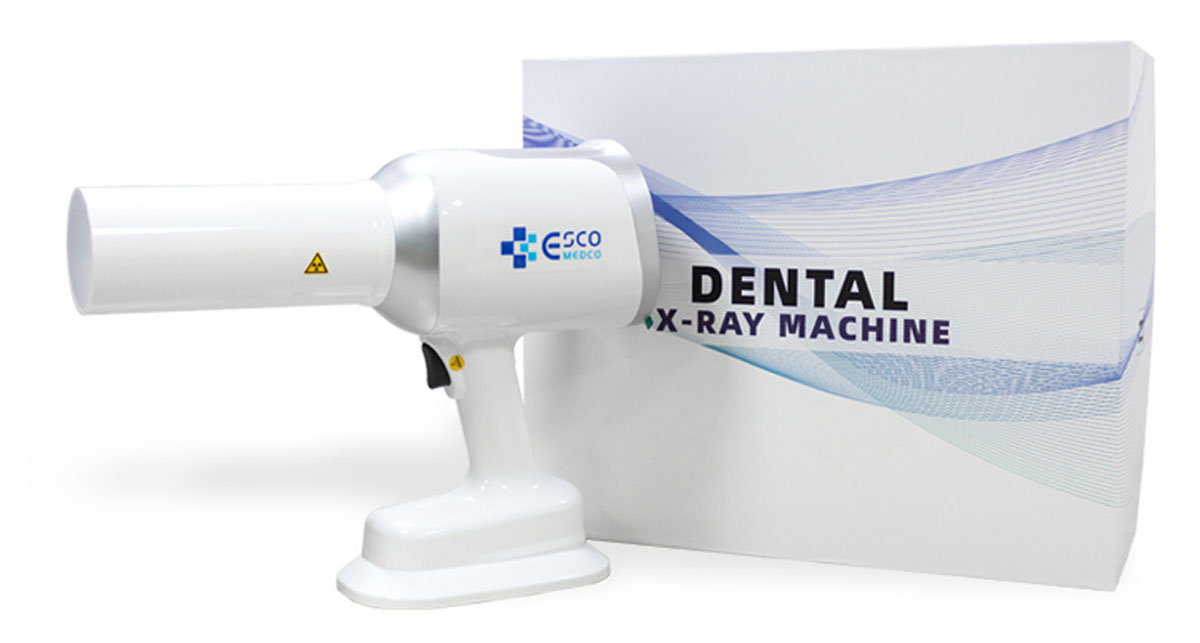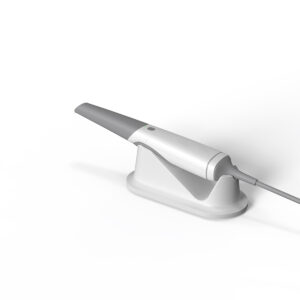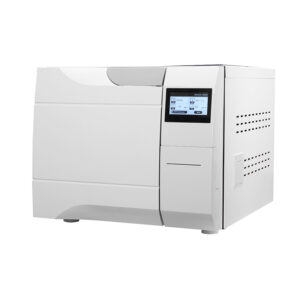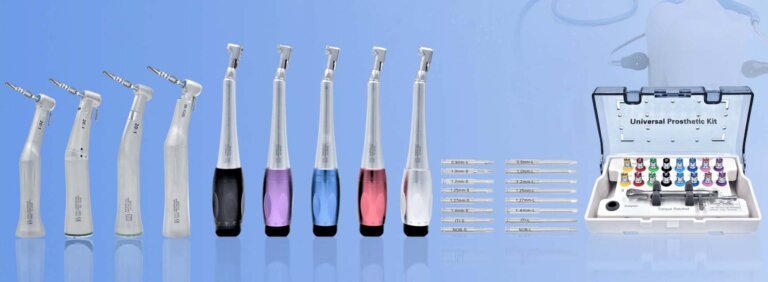Your dentist reaches for that sleek handheld x-ray machines wand – you can’t help but wonder: ‘Is this tiny thing really safe?’ Turns out 78% of clinics now use these palm-sized devices for bitewing X-rays. But here’s what keeps popping up in break room chats – does convenience come at the cost of proper radiation shielding?
We’re slicing through the hype. From how ER nurses actually grip the units during trauma scans to why pediatric practices love their quick-swap sensors, we’ll show you:
• The 3-finger rule techs swear by for clear images
• Real clinic data comparing scatter radiation levels to wall units
Spoiler: That ‘low dose’ label doesn’t mean what you think. Let’s unpack the real story on handheld X-rays – smarter workflows vs. cutting corners.
How to Handle a Handheld X-ray Device?
Handling a handheld X-ray machine requires special care and attention to ensure both the operator and patient are safe during use. Here are the key steps to follow when using the device:
Proper Positioning: The operator should hold the X-ray device with a firm grip, ensuring the device remains steady during imaging. It is crucial to align the device at the correct angle and distance from the patient to avoid any misalignment that could lead to unclear images or unnecessary radiation exposure.

Using Protective Gear: Operators should wear protective equipment such as lead aprons and thyroid collars, even if the radiation exposure is minimal. Ensuring personal safety is essential, as X-ray procedures still emit small amounts of radiation.
Using handheld X-rays safely and effectively means sticking to these guidelines. This protects both patients and operators from any potential health risks.
Patient Positioning: The patient must be properly positioned to ensure the best imaging results. This involves adjusting the head or body as needed to capture the correct views while minimizing any unnecessary exposure to radiation.
By sticking to these recommendations, you can operate handheld X-ray devices both safely and effectively—all while ensuring the well-being of patients and the professionals using them.
Advantages of Handheld X-ray Equipment
Handheld X-ray devices are gradually reshaping how dental and medical professionals capture diagnostic images, offering a more flexible and efficient approach. Here are some of the primary advantages:
Portability: One of the biggest benefits of handheld X-ray machines is their portability. Unlike traditional stationary X-ray machines, handheld devices are lightweight and easy to carry, making them ideal for use in different settings, such as private clinics, mobile health units, or emergency situations.

Ease of Use: Handheld X-ray devices are designed to be user-friendly. These user-friendly devices practically work with your body’s natural movements. Their button layouts follow instinctive finger placement, so even first-time users often find themselves snapping clear images within minutes of unboxing. What really makes the difference is how the contoured grip aligns with your palm – you’ll notice less wrist fatigue during those marathon scanning sessions compared to wrestling with clunky traditional equipment.
Time Efficiency: With handheld X-ray machines, procedures can be done faster than with traditional systems. Because patients don’t need to go to another room for imaging, we save time on each procedure. This also means we can see more patients overall.
Cost-Effectiveness: These devices tend to be more affordable than their traditional counterparts, making them an attractive option for smaller clinics or those with budget constraints. Moreover, their portability reduces the need for large, expensive infrastructure.
Handheld X-rays improve patient comfort with their compact size and flexibility, reducing the need for extensive positioning or movement. This can be particularly beneficial for children, elderly patients, or those with mobility issues.
Reduced Radiation Exposure: Many manufacturers design modern handheld X-ray devices with advanced radiation shielding technology, ensuring that radiation exposure is minimized for both the patient and the operator.
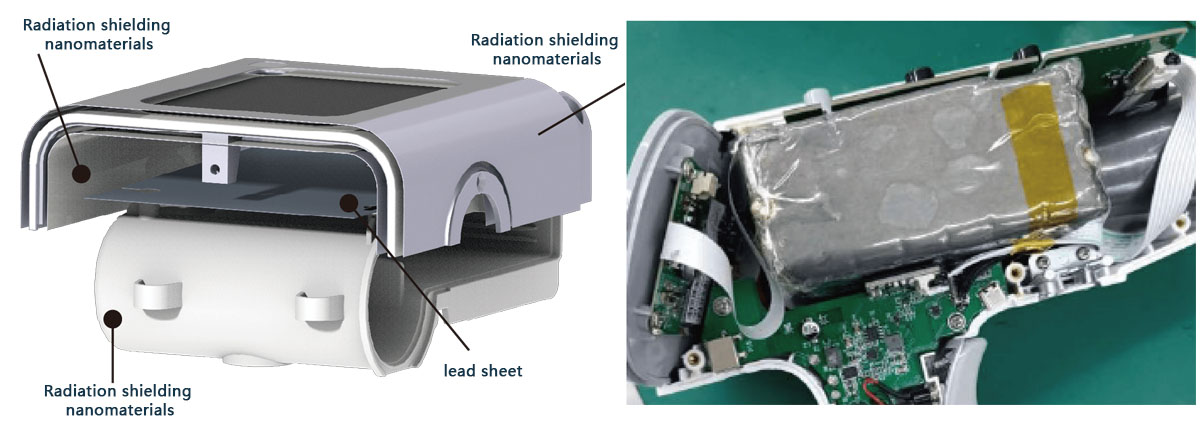
Revolutionizing Emergency and Mobile Medical Stations
In busy emergency rooms or mobile medical stations, medical staff are gradually adopting a revolutionary tool – handheld X-ray machines. This type of equipment is reshaping the workflow of traditional imaging examinations, especially in dental treatment. Doctors can now easily push a mobile treatment cart. They can complete a full set of image acquisition. You can do this directly next to the patient’s chair.
Unlike traditional bulky fixed equipment, these smart instruments, which weigh less than 3 kilograms, perfectly adapt to the mobile treatment needs of modern clinics. Its ergonomic streamlined design allows doctors to naturally adjust the shooting angle when holding it with one hand. And patients no longer need to endure the spatial oppression brought by traditional equipment. According to the latest FDA guidance document, when the operator maintains a safe distance of more than 0.5 meters and wears a 0.35mm lead equivalent protective apron correctly. They can control the radiation exposure within 1.5 times the natural background radiation.
Portable X-ray Machines: A Game-Changer in Dental Imaging
For primary care institutions, the advantages of this equipment are particularly significant:
The purchase cost is 40-60% lower than that of traditional equipment
The operation training cycle is shortened from two weeks to three days
The number of daily consultations has increased by about 30% (American Dental Association 2023 survey data)
Intelligent Dose Control for Optimal Imaging
The new generation of equipment has integrated the intelligent dose control system (SmartDose™). This system can automatically optimize the exposure parameters. It adjusts the settings according to the patient’s body shape. In terms of operating specifications, we recommend establishing a two-person verification system. The main operator is responsible for positioning the equipment, while the assistant confirms the shooting quality in real time through the monitoring screen. This collaborative mode can reduce the reshoot rate by 60%.
With the popularization of 5G remote diagnosis platforms, these mobile devices are giving birth to new diagnosis and treatment models. When doctors visit remote areas, they can upload the digital images taken on-site to the PACS system of tertiary hospitals in real time, achieving seamless connection with remote consultation. This breakthrough workflow not only improves the timeliness of diagnosis, but also allows high-quality medical resources to be effectively sunk.
For institutions considering equipment upgrades, it is recommended to focus on three certification indicators:
IEC 60601 medical electrical safety certification
FDA 21 CFR 1020.32 radiation safety standard
IP54 dust and splash proof certification
When medical institutions use these innovative tools reasonably, they can not only optimize resource allocation. But more importantly, they can build a patient-centered diagnosis and treatment environment – after all, when children see that the doctor is holding an ice cream machine-shaped testing device. Their cooperation will often increase significantly. This subtle humanistic care is the ultimate pursuit of the development of modern medical technology.

